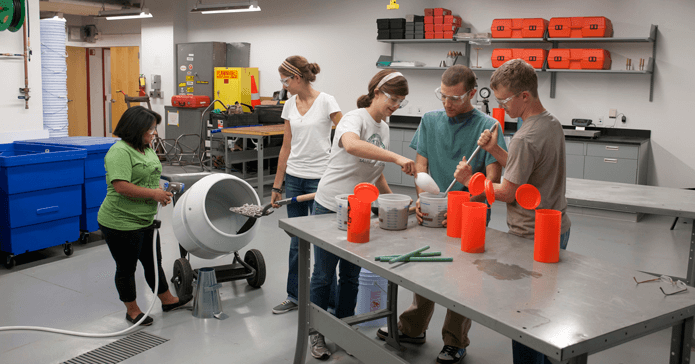Costain and Laing O’Rourke have been trying out a new way to test the strength of sprayed concrete on their Bond Street Station Upgrade (BSSU) project for London Underground.
The Strength Monitoring Using Thermal Imaging (SMUTI) technique is a patent-protected invention created by Dr Benoit Jones from Cambridge University.
SMUTI uses a thermal imaging camera to track the temperature of concrete as it is sprayed to form the tunnel lining. Tracking the temperature history enables the engineers to calculate the amount of hydration that has taken place in the concrete, and hence its strength.
Costain senior tunnel engineer Aled Davies, who has worked closely with Dr Jones on the trials, described it as a significant step forward for health and safety.
‘SMUTI allows us to directly monitor the compressive strength development of sprayed concrete whilst remaining at a safe distance,’ Aled Davies said. ‘This is a substantial improvement over the current method, which relies upon a small test panel being representative of the entire sprayed concrete advance to prevent personnel being at risk from sprayed concrete lining falls.’
After extensive laboratory testing, production trials began on-site for the first time in March at BSSU. First, the concrete in 12 sprayed concrete panels was tested simultaneously using the established in-situ tests and SMUTI. This provided enough data for trials in an actual production environment.
‘The trials have gone very well and the workforce was very appreciative of the time and efforts being taken to improve their safety,’ said Mr Davies. ‘The data is now being analysed but we hope to have the results by September, when we will present them to tunnelling sector clients and design partners. We hope to see SMUTI become the primary method of early strength monitoring on all tunnelling projects.’

































